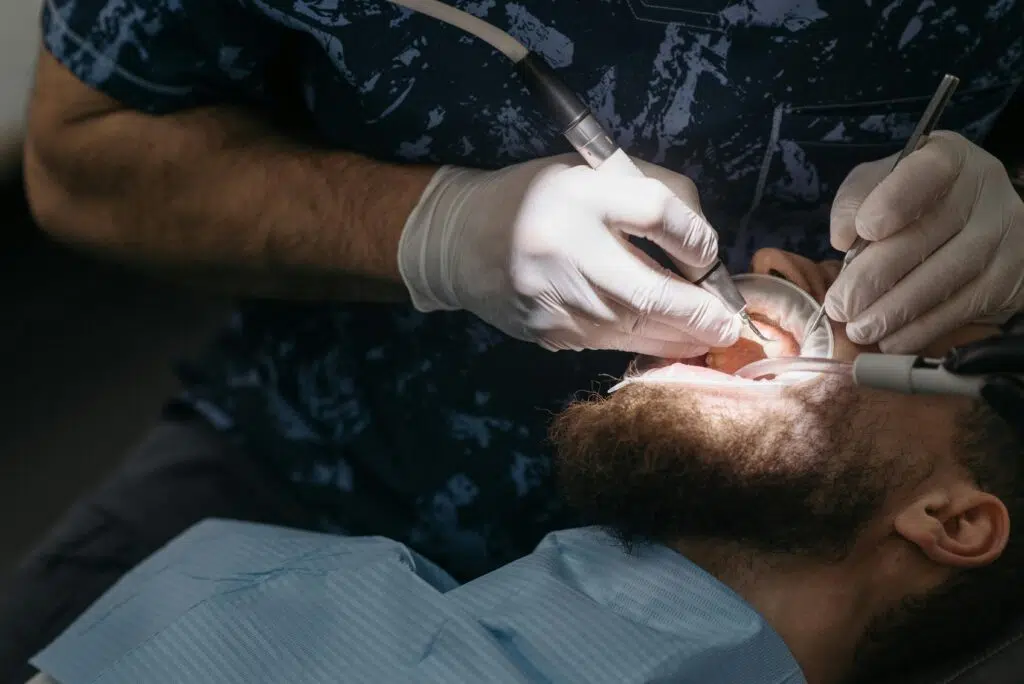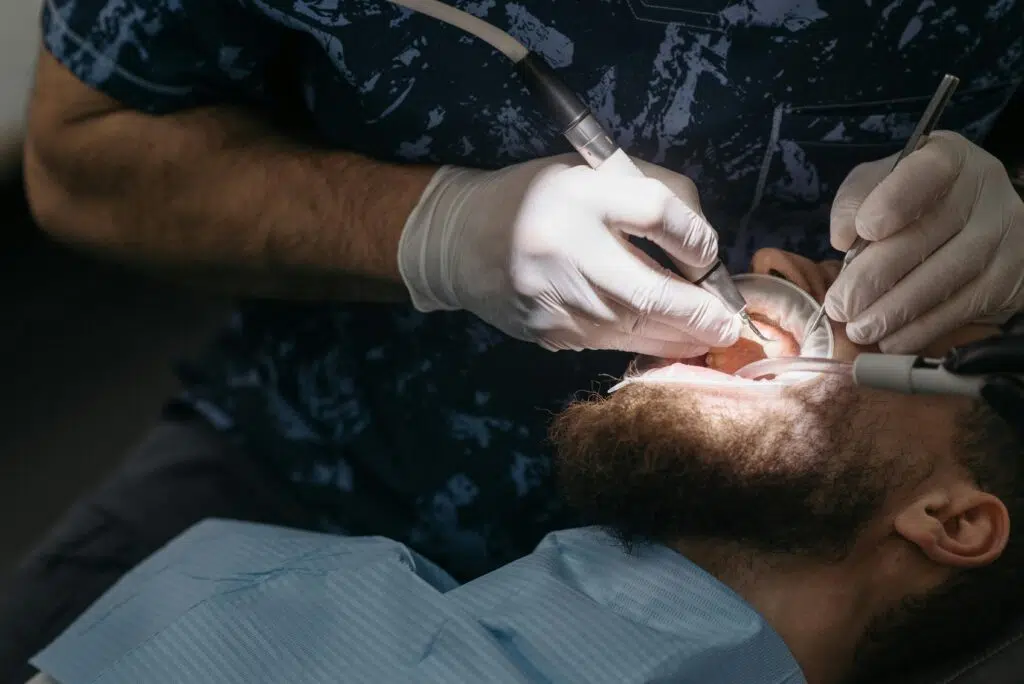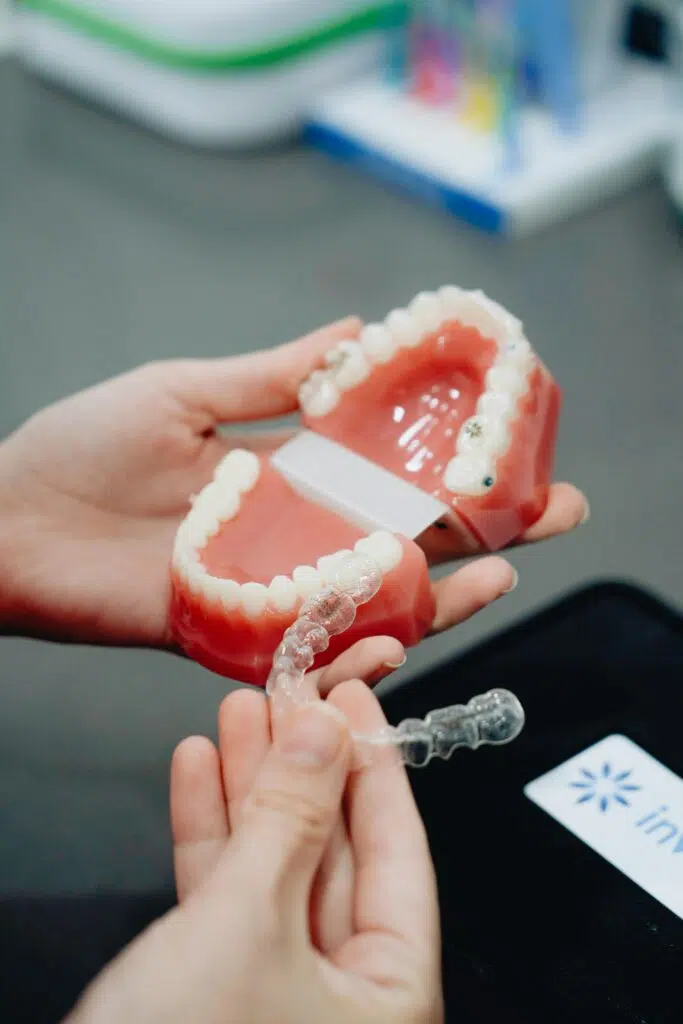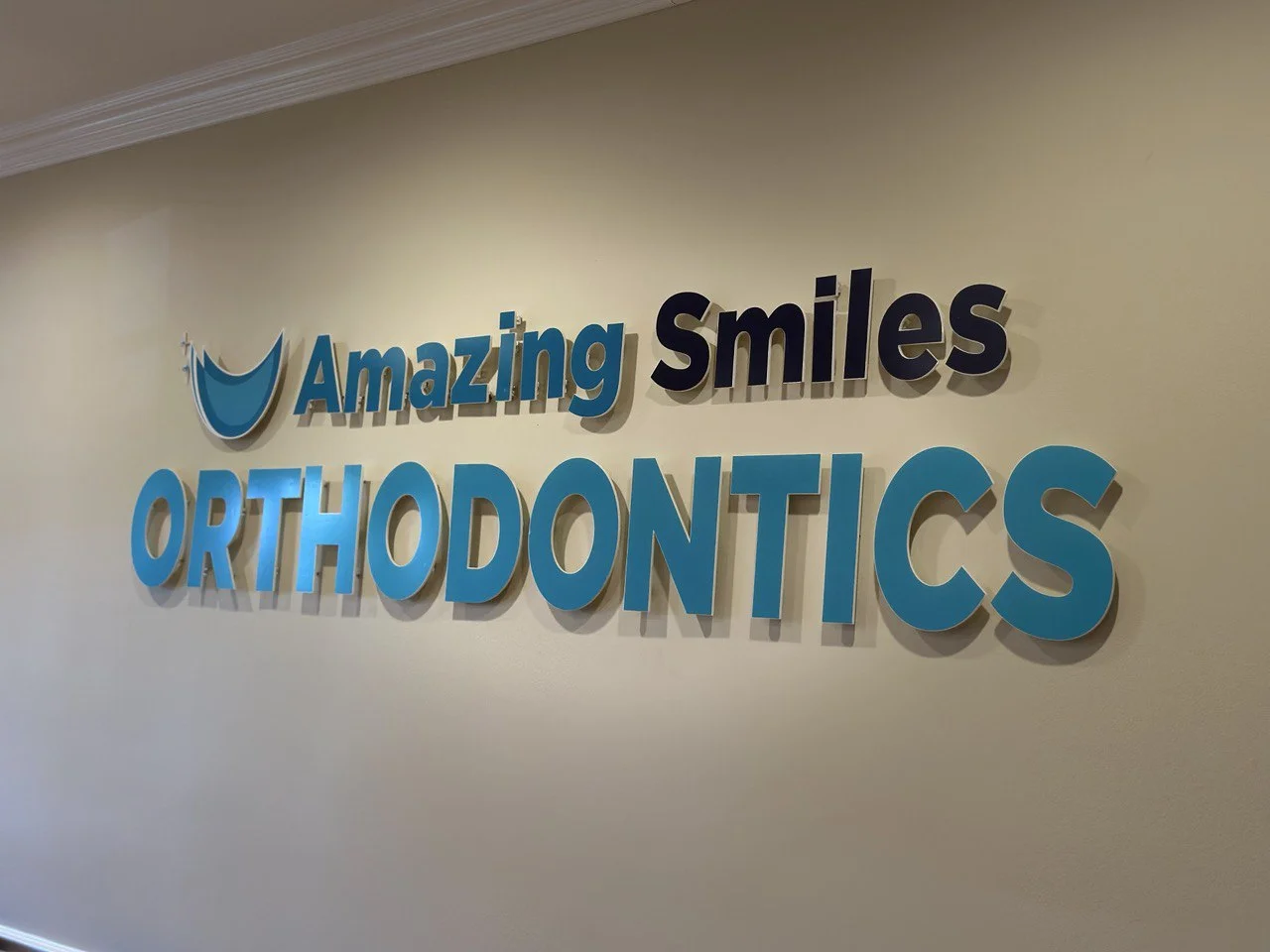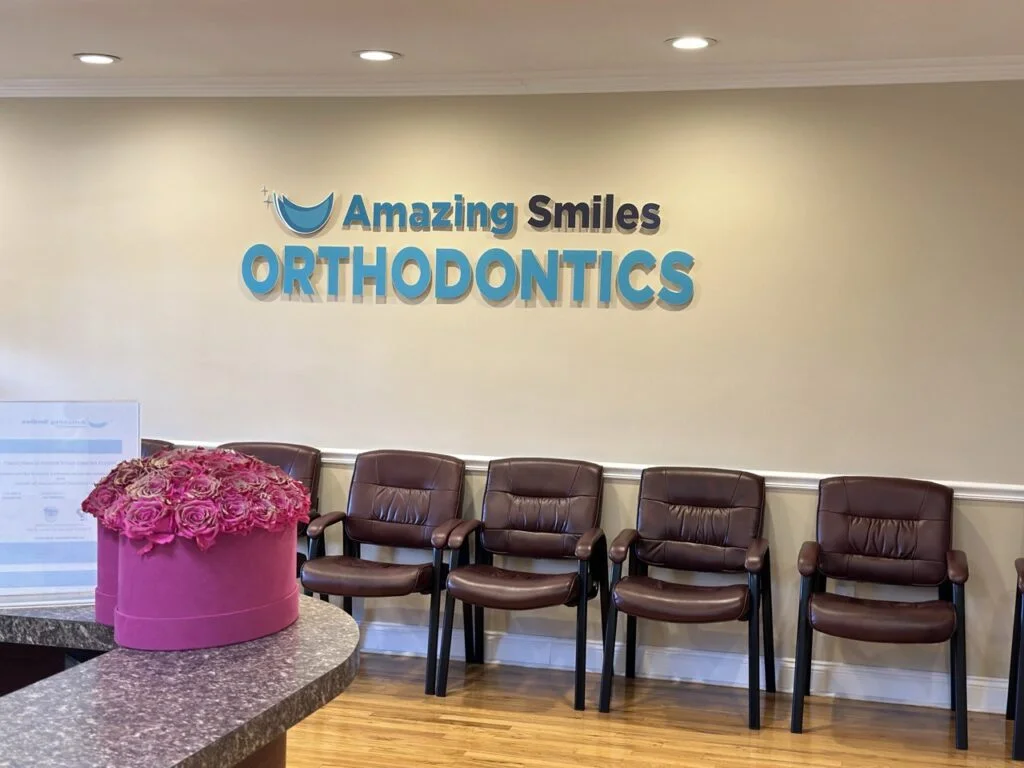Orthodontic checkups for children play a key role in identifying dental issues early before they become bigger problems. The American Association of Orthodontists (AAO) recommends that children have their first orthodontic evaluation by age 7.
At Amazing Smiles Orthodontics, we specialize in early interceptive care, helping to guide proper growth and development for your child’s teeth and jaw. Understanding what to look for at this age can help you take proactive steps toward a healthy, confident smile.
Why Age 7 is the Right Time for an Orthodontic Checkup
By age 7, most children have a mix of baby teeth and adult teeth, which provides a good opportunity to assess the growth and development of the teeth and jaws.
With our orthodontic care in Forest Hills an early checkup allows us to spot potential problems that may require intervention later on, such as cross-bite, crowding, or bite issues. If any concerns are identified, early treatment options like expanders or Phase I braces can help guide the teeth into a better position, preventing more complex treatments in the future.
Early Signs to Watch For
As a parent, you may notice small changes in your child’s teeth or bite. Here are a few common early warning signs that could indicate the need for orthodontic attention:
1. Crossbite
A crossbite occurs when upper and lower teeth don’t align properly; some upper teeth may bite inside the lower ones. If left untreated, this can cause uneven wear, chewing difficulty, or jaw strain.
What to Watch For:
- Upper teeth fitting inside lower teeth when biting down.
- Difficulty chewing or biting.
- Teeth that appear crooked or misaligned.
2. Crowding
Crowding happens when there isn’t enough space in the jaw for all teeth to erupt correctly, leading to overlapping or twisting.
What to Watch For:
- Teeth appearing crooked or overlapping.
- Difficulty brushing or flossing due to tight spaces between teeth.
- Early loss of baby teeth.
3. Overbite or Underbite
An overbite means the upper teeth significantly overlap the lower ones, while an underbite occurs when the lower teeth stick out beyond the upper teeth. Both can impact chewing, speaking, and facial balance.
What to Watch For:
- Teeth not aligning properly when biting down.
- Difficulty chewing or speaking.
- Jaw discomfort or pain when chewing.
4. Thumb Sucking or Pacifier Use
Thumb or pacifier habits beyond age 4 or 5 can push teeth out of alignment and affect jaw growth.
What to Watch For:
- Ongoing thumb sucking or pacifier use.
- Misalignment of teeth due to thumb or pacifier habits.
What Happens During an Early Orthodontic Checkup?
During your child’s orthodontic checkup at age 7, we will:
- Evaluate the alignment of your child’s teeth and jaw.
- Check for any signs of misalignment, bite problems, or growth issues.
- Discuss any habits like thumb sucking that could impact your child’s dental development.
- Recommend early intervention if needed, such as using expanders to create space for adult teeth or Phase I braces to correct bite problems before the permanent teeth come in.
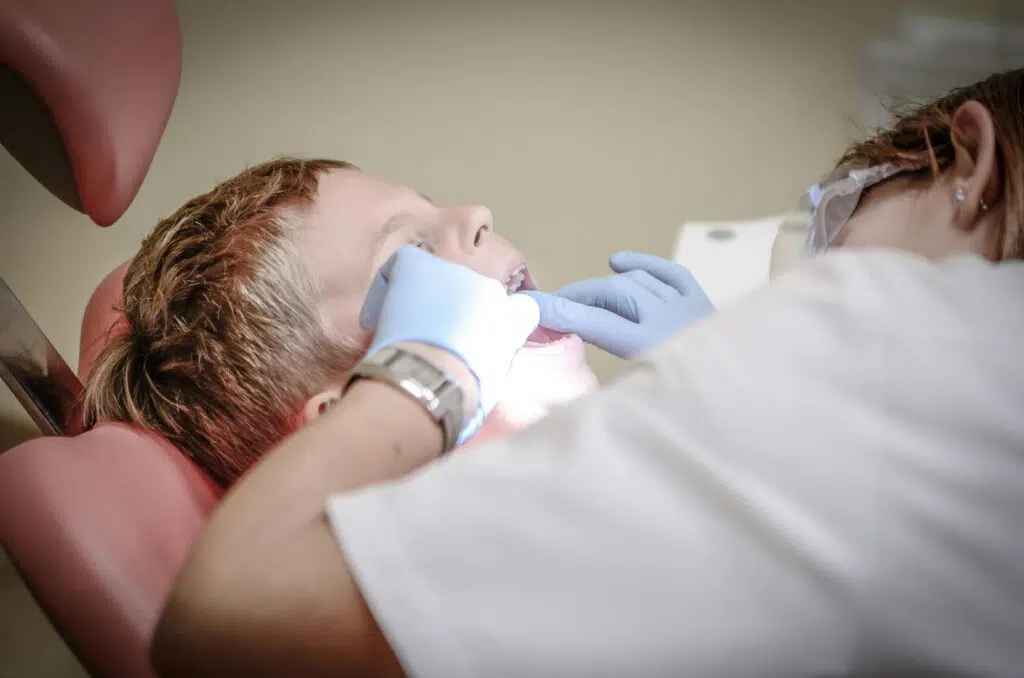
When to Refer for Phase I Treatment
If early signs of misalignment or crowding are detected, Phase I orthodontic treatment may be recommended.
Phase I treatment typically starts around age 7–8 and focuses on guiding the growth of the jaw and teeth. Treatment options include:
- Expanders to widen the jaw and create more space.
- Partial (Phase I) braces to align developing teeth.
- Space maintainers to preserve gaps for incoming permanent teeth.
Most Phase I treatments last 12–18 months, after which your child will have a resting period before starting Phase II (comprehensive orthodontic treatment) in their early teens, if needed.
The Benefits of Early Orthodontic Intervention
- Prevent Bigger Issues: Early treatment can prevent more severe problems in the future, saving time and money.
- Improved Self-Esteem: Early treatment can lead to a better-looking smile, which can improve your child’s confidence.
- Faster, Less Invasive Treatment Later: Correcting issues early can lead to quicker, less complicated treatment in the teenage years.
What’s Next After the Checkup?
After your child’s checkup, our team will provide:
- A personalized treatment recommendation (if needed).
- Guidance for at-home care and dental hygiene.
- Ongoing monitoring to ensure your child’s smile develops beautifully.
At Amazing Smiles Orthodontics, we’re here to support your child every step of the way whether that means starting early treatment or simply scheduling follow-up visits as they grow.
Ready to Schedule Your Child’s Orthodontic Checkup?
At Amazing Smiles Orthodontics, we believe in starting early to ensure your child’s smile grows into something they’ll love. Don’t wait to schedule your child’s age 7 orthodontic checkup today!
Book your appointment or contact us for more information.

